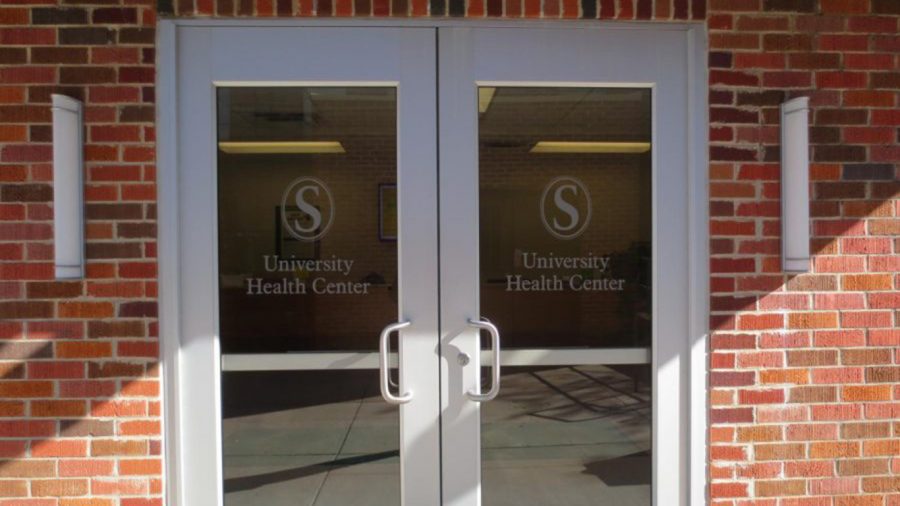A message from the health center: complementary and alternative medicines
Western medicine, also known as traditional medicine, is the familiar system in which healthcare providers treat symptoms and diseases using drugs, radiation and/or surgery. Complementary and alternative medicine (CAM) is a term used for medical products and practices that are typically not part of traditional medicine or included in standard medical care. The terms complementary and alternative both refer to treatments like herbal remedies or acupuncture. However, complementary medicine is when these therapies are used along with traditional western medicine practices. Alternative medicine refers to using alternative approaches instead of using traditional western medical approaches. Some practices of CAM include massage therapy, acupuncture, acupressure, Tai Chi, aromatherapy, herbal medicine and chiropractic.
When it comes to CAM, there are four major alternative medical systems that were developed by the National Center for Complementary and Alternative Medicine (NCCAM) in 2000. These four alternative medical systems include:
1. Mind-body interventions: involve using specific techniques to boost the mind’s capacity to influence bodily function and enhance health (i.e. meditation and yoga)
2. Biologically-based treatment: the use of substances found in nature (i.e. herbs, foods and vitamins)
3. Manipulative and body-based methods: focuses on applying specific treatments to address health issues (i.e. reflexology and chiropractic)
4. Energy therapies: based on the idea that energy fields surround and penetrate the human body (i.e. therapeutic touch and Reiki)
As you can see from the four major alternative medical systems, CAM is used for physical, mental and spiritual health. In addition, CAM is widely used today and is increasing in popularity. In the United States, complementary and alternative medicine is used by about 38% of adults and 12% of children, according to John Hopkins Medical.
If you are interested in integrating or learning more about CAM, ask your primary care provider if integrated therapy is right for you. You can also ask your primary care provider if they can provide you with recommendations and/or contact your local hospital or medical school as they often keep lists of integrative medicine practitioners in the area.
Your donation will support The Lion's Roar student journalists at Southeastern Louisiana University.
In addition, your contribution will allow us to cover our annual website hosting costs.
No gift is too small.








Sam • Sep 21, 2020 at 8:10 pm
hi there. i have assignment for complementary medicine and Myotherapy and appreciate if you can assist me with answers or link with accurate information please. thank you
—————-
Access and critically evaluate a research article on:
The effects of complementary medicines and treatments on 2 health conditions, include their clinical presentations and what your Myotherapy approach would be in the maintenance of well-being.
Ensure Research is Valid, Current and apply the evidence to practice:
Grade of Recommendations:
A: Body of evidence is trusted
B: Body of evidence provides moderate support to guide practice in most situations
C: Body of evidence provides limited support for recommendations and care should be taken into application
D: Body of evidence is weak and any recommendation should be applied with caution
E: Body of evidence is insufficient to provide recommendation.